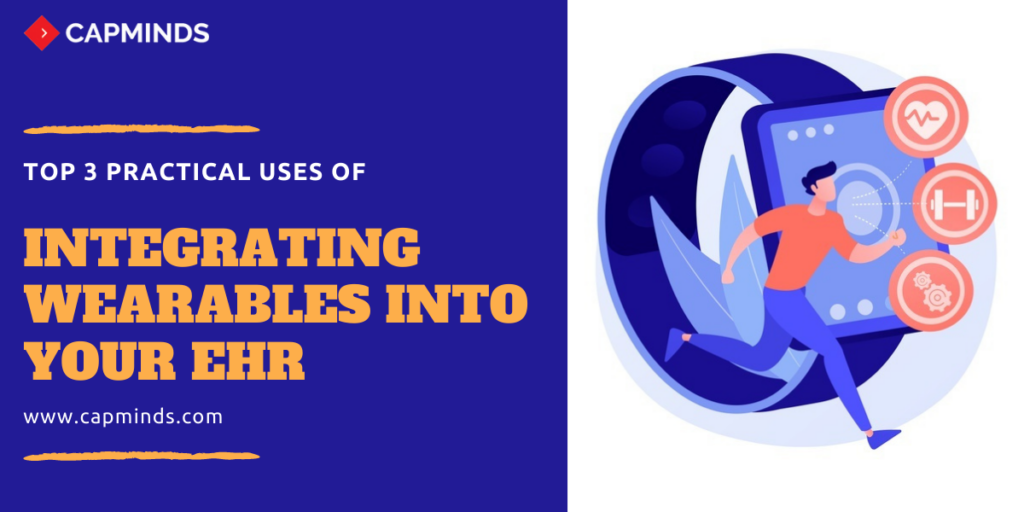Top 3 Practical Uses Of Integrating Wearables Into your EHR
The old
physician-patient model is now undergoing drastic change under the great
influence of healthcare wearables. Today the health wearable technologies are
most commonly available as blood pressure monitors, fitness trackers, and more.
Here are the top 3 practice uses of integrating wearables into your EHR.
With
incoming information from your wearable device, the physician can effectively
incorporate the data and monitor your health status. Moreover, data mined from
wearable devices is more systematic and accurate in timing. Wearables record
all the details and analyze them directly, unlike manual reporting that is
prone to mistakes and can be biased by clinical staff. So what are the benefits
of having fitness and health data transferred from a wearable device directly
to the EHR software?
Patient
vitals tracking
As the most
popular type of wearables, activity trackers offer apparent opportunities for
wearable technology in EHR. Thus, for example, an average fitness band monitors
activity data including the number of steps taken, floors climbed, calories
burnt, heart rate, and sleeping patterns.
Some of the measurable parameters also include blood pressure, pulse rate, muscle activity, perspiration level, glucose level, ECG, core temperature, oxygen saturation, stress levels, and eating habits. According to the HIMSS report, “When patients believe their doctor or their nurse is looking at their data, they don’t eat the cake, they take a walk rather than sit in front of the TV – they change their behaviors because they think someone is watching.” Summing up, patients report data via their wearable devices integrated with EHR avoiding regular appointments. This PGHD (patient-generated health data) can serve to supplement clinical records to develop a longitudinal profile of patient health, as well as promote care coordination.
READ MORE: A COMPLETE GUIDE TO WEARABLES IN HEALTHCARE
Chronic
disease management
When it comes to chronic disease management like type II diabetes, obesity, and hypertension, clinicians often require significant behavior and lifestyle changes from their patients. These “healing” habits, such as diet, physical activity, and medication adherence, are at the lowest rate of clinical control. “Only about 30 percent of individuals diagnosed with hypertension reach goal blood pressure by the end of a year under the care of a provider, for example.”
Thus, the use of wearable technology in EHRs for remote monitoring of chronically ill patients offers an extra layer of data for professionals to manage their health and keep them motivated.
Mental
status monitoring
This is a new domain for wearable devices. It’s possible to monitor mental behavior and detect human psychology status as wearable health technology is equipped with sensors that track the mental health of the patient. Some sensors even can track heartbeat, body temperature, blood pressure, and other vital signs through wearable monitoring devices.
READ MORE: HOW WEARABLES ARE SHAPING THE FUTURE OF HEALTHCARE?
Conclusion
From
patient’s homes to hospital beds, there are many options for using wearables.
The ability to collect, analyze, and integrate this data into EHRs may
facilitate clinical care by providing a more detailed and accurate assessment
of health status outside of the ordinary clinical visit.
Wearables assist in remote patient monitoring and timely interventions to prevent acute exacerbations of chronic illness. As for patients, data collected by wearables allows for adopting better health habits as well as monitoring conditions or drug adherence more effectively. This modern technology enables clinicians to have greater insight into patients’ health beyond the examining room.

 Author: Pandi Paramasivan
Author: Pandi Paramasivan

![The Guide to Custom EHR Application Development [Features + Benefits]](https://www.capminds.com/wp-content/uploads/2024/11/Blog-Featured-Images-2024-11-25T110915.039-400x250.jpg)
